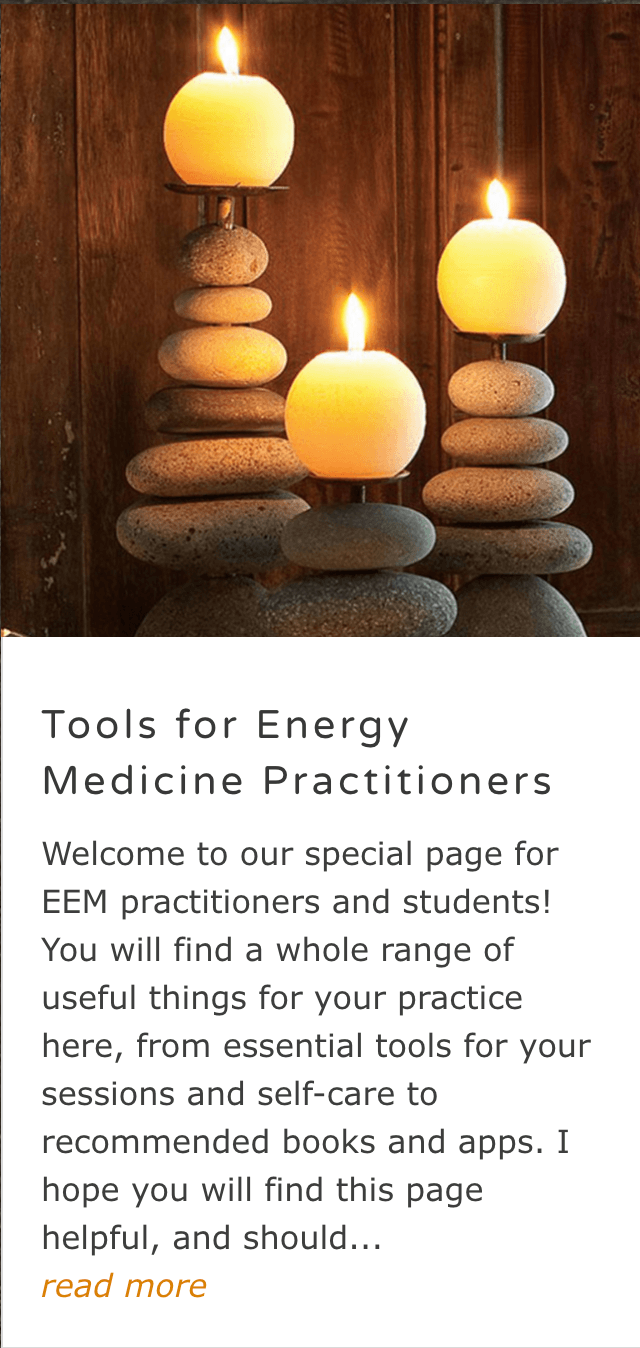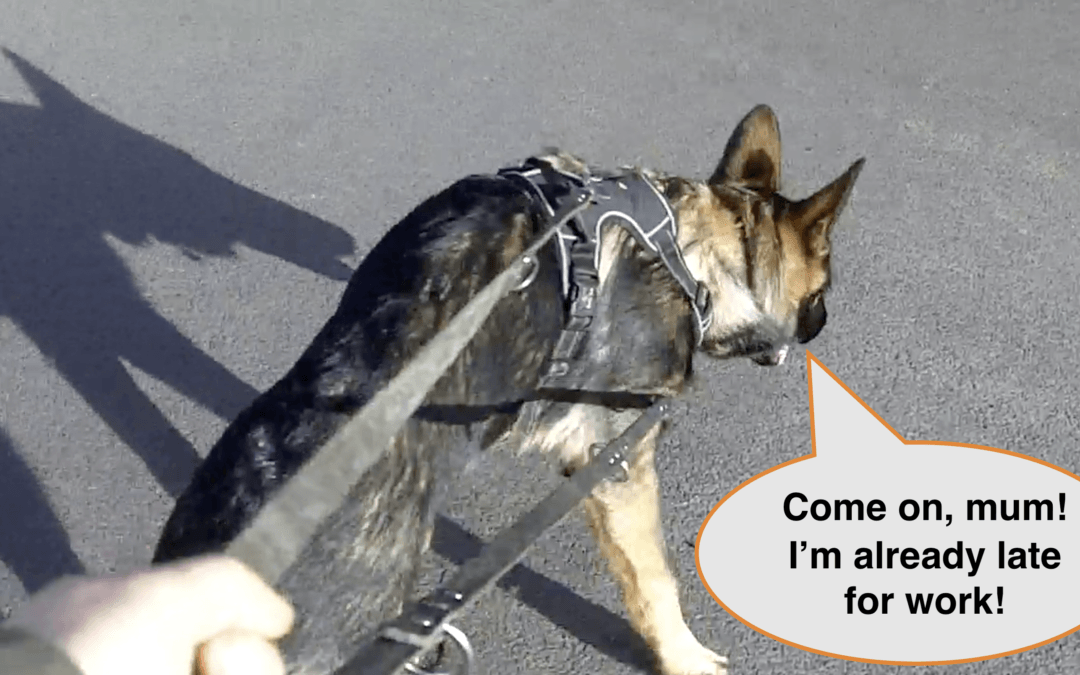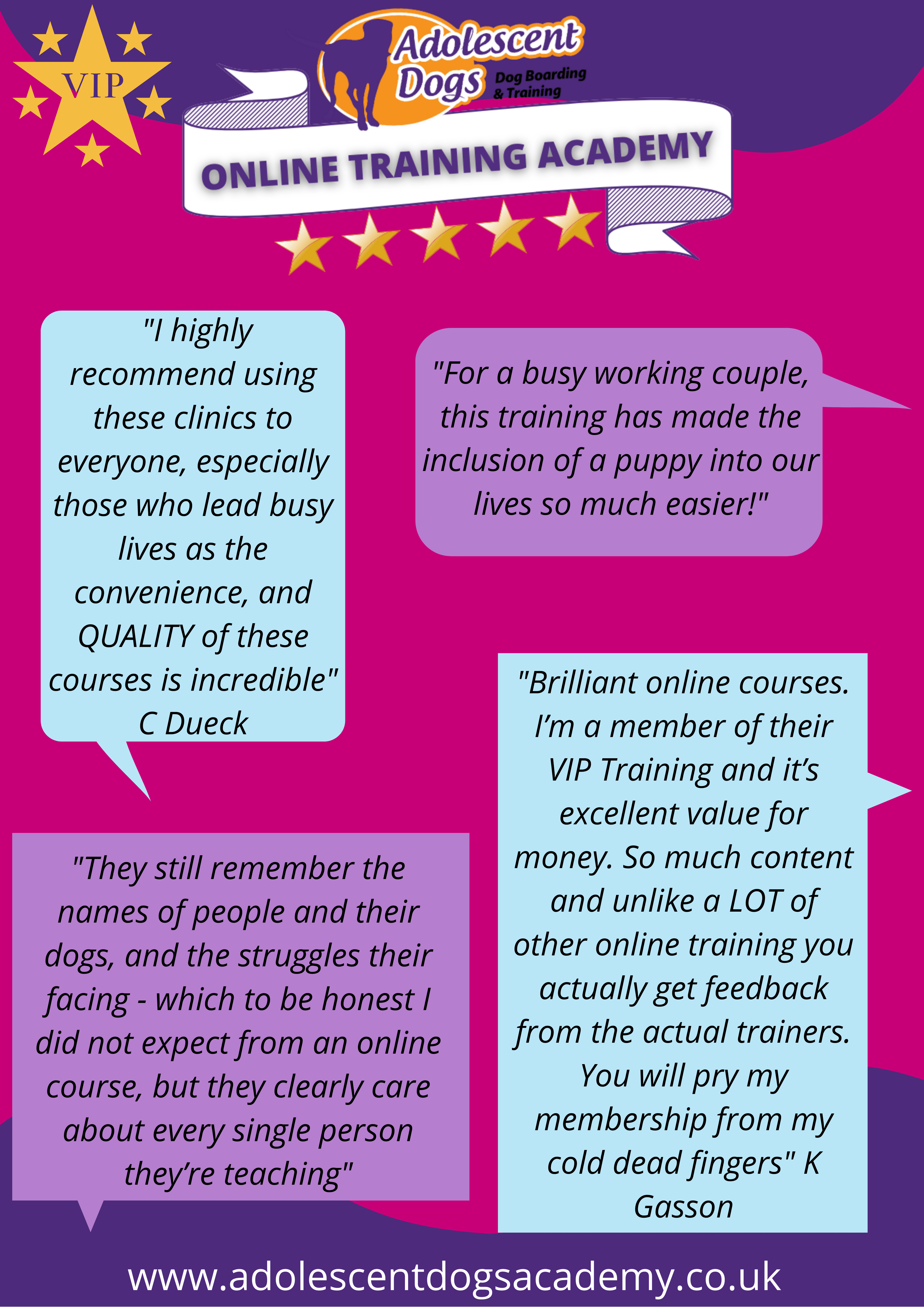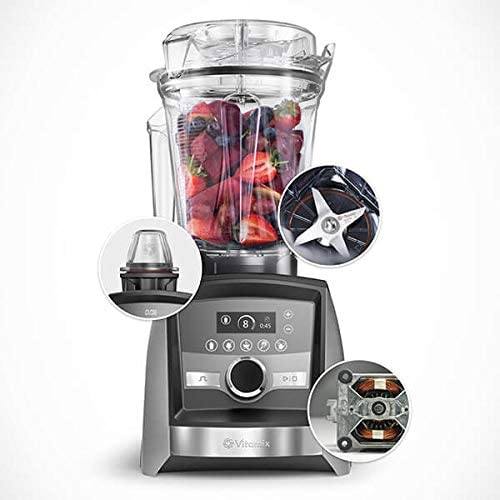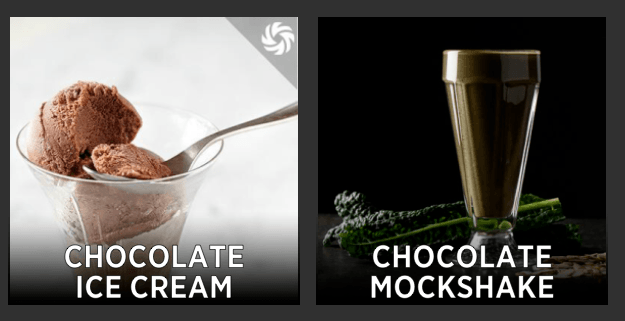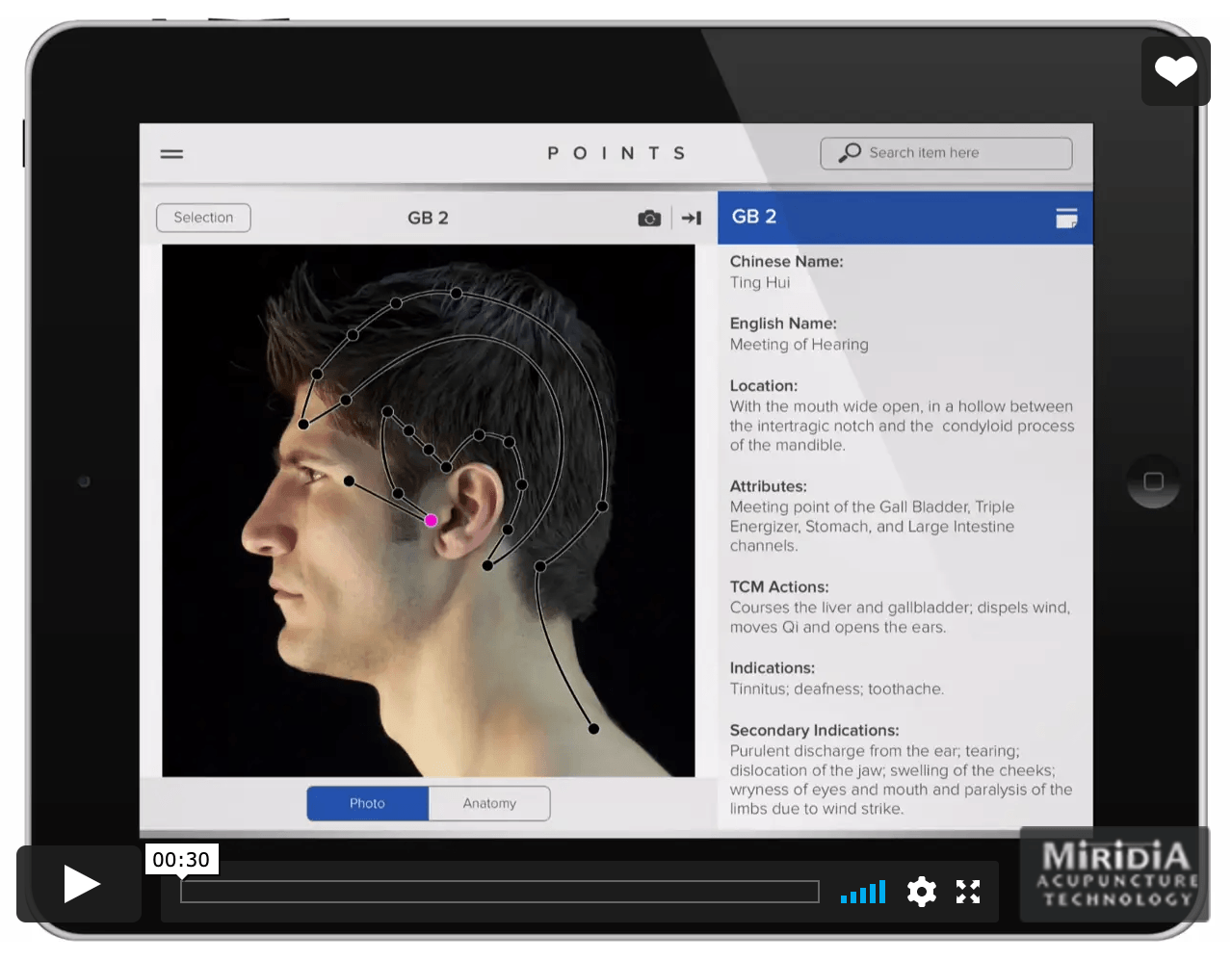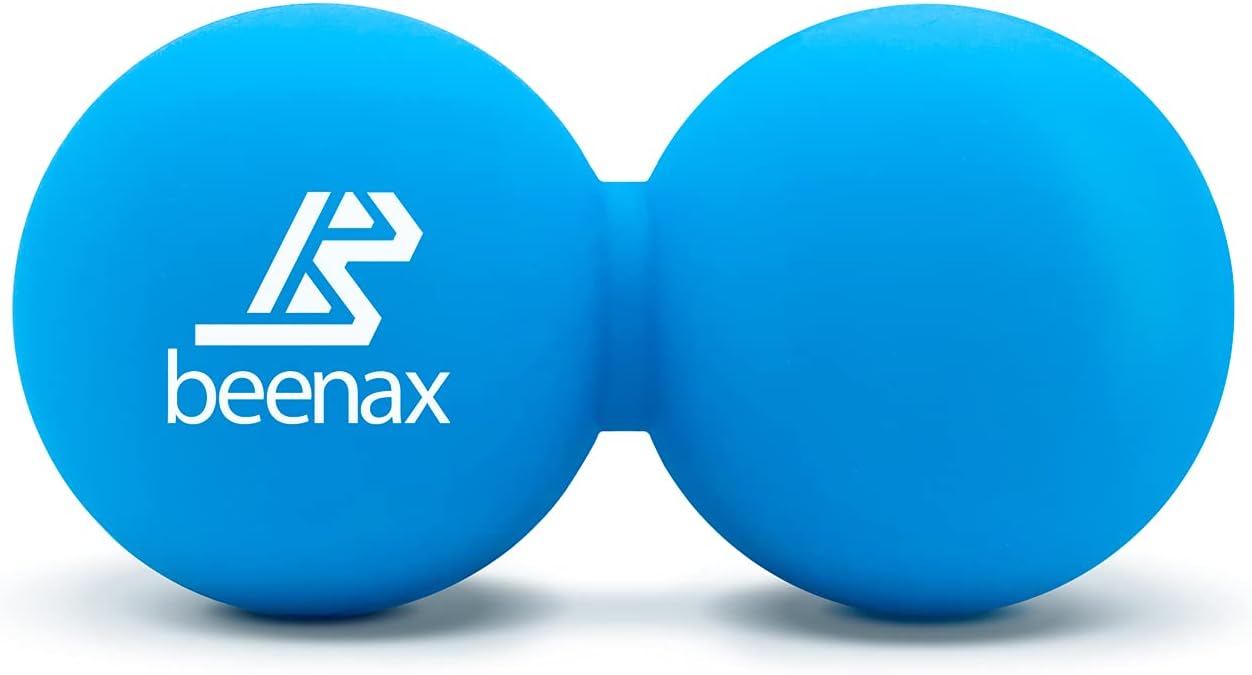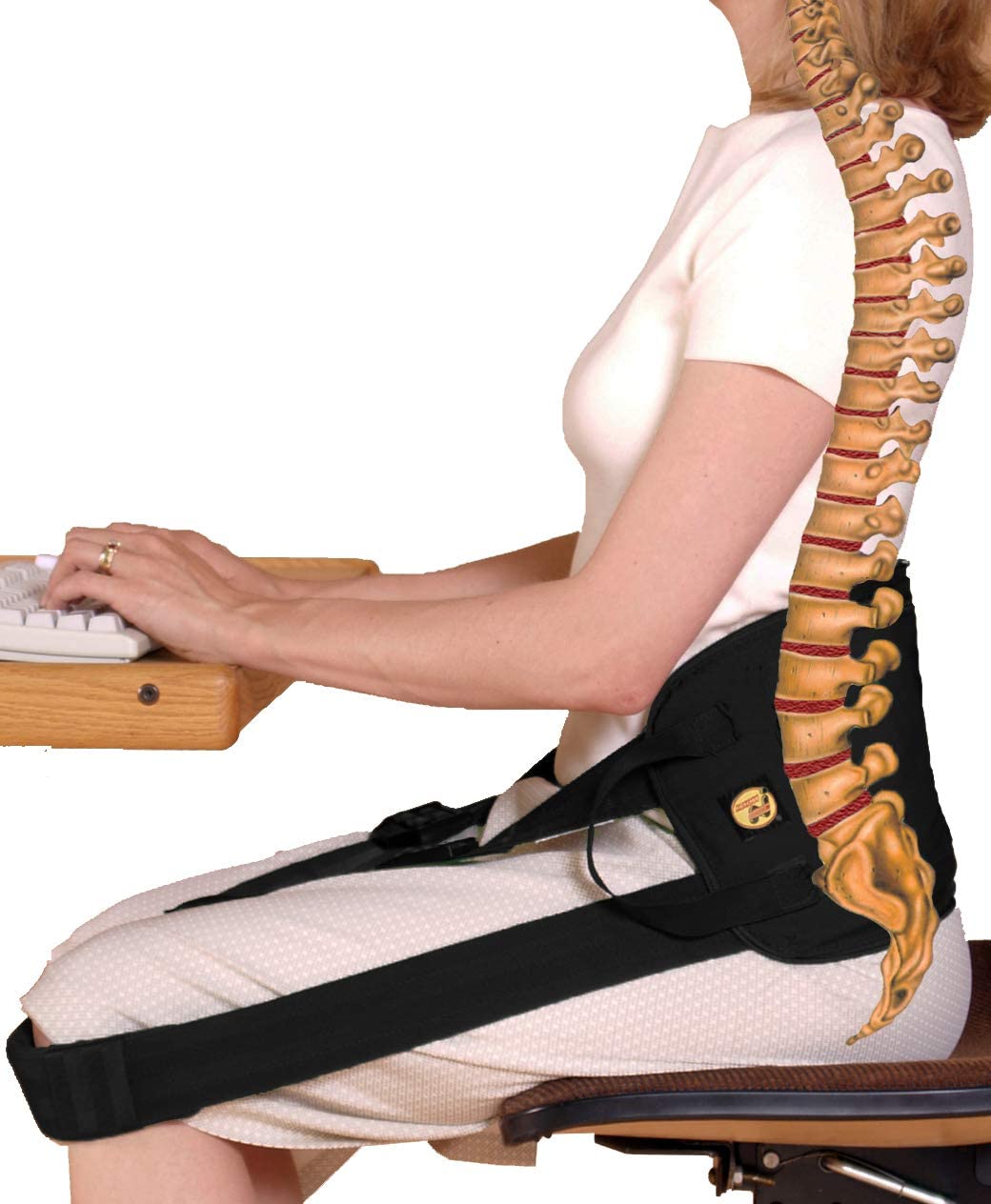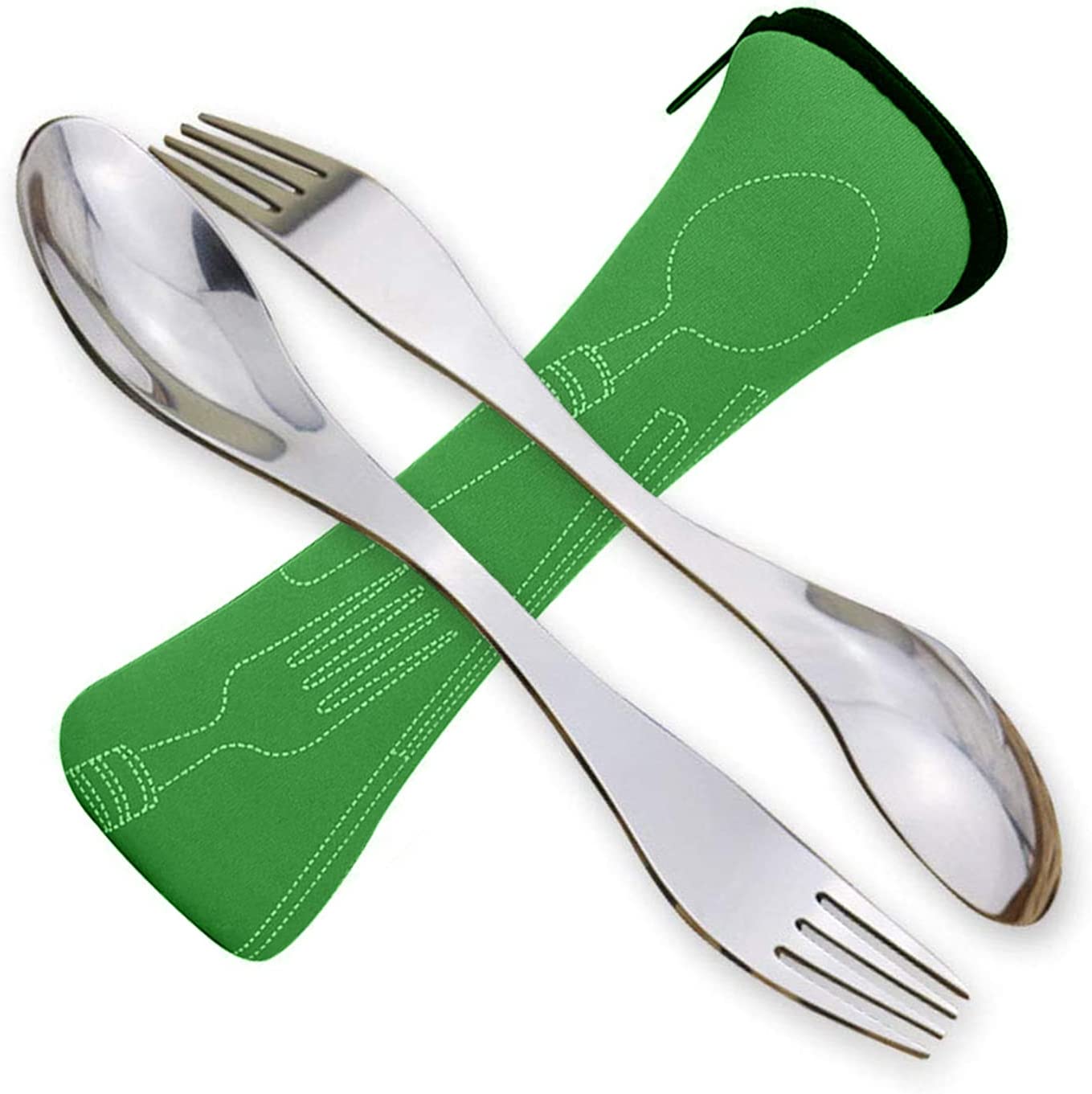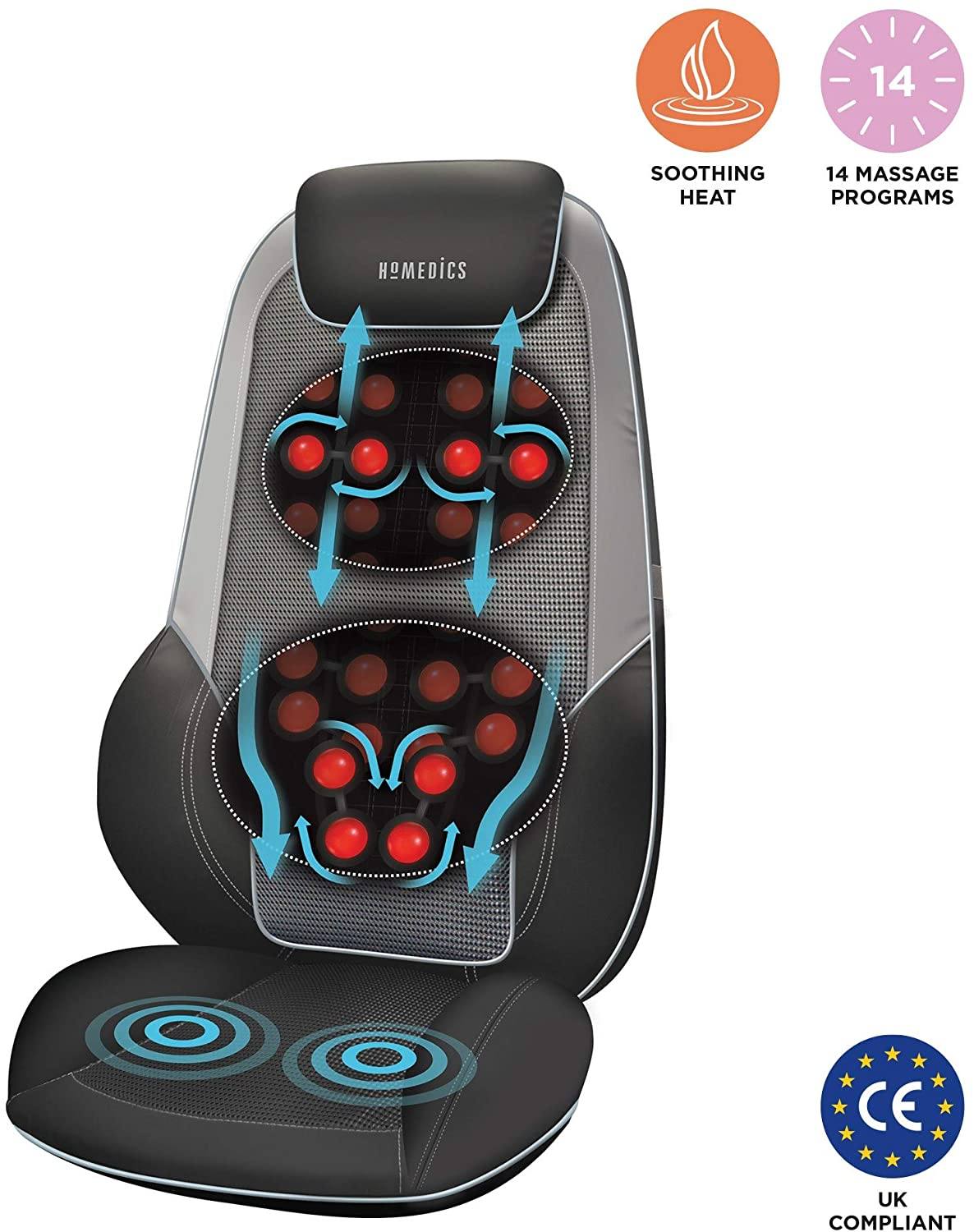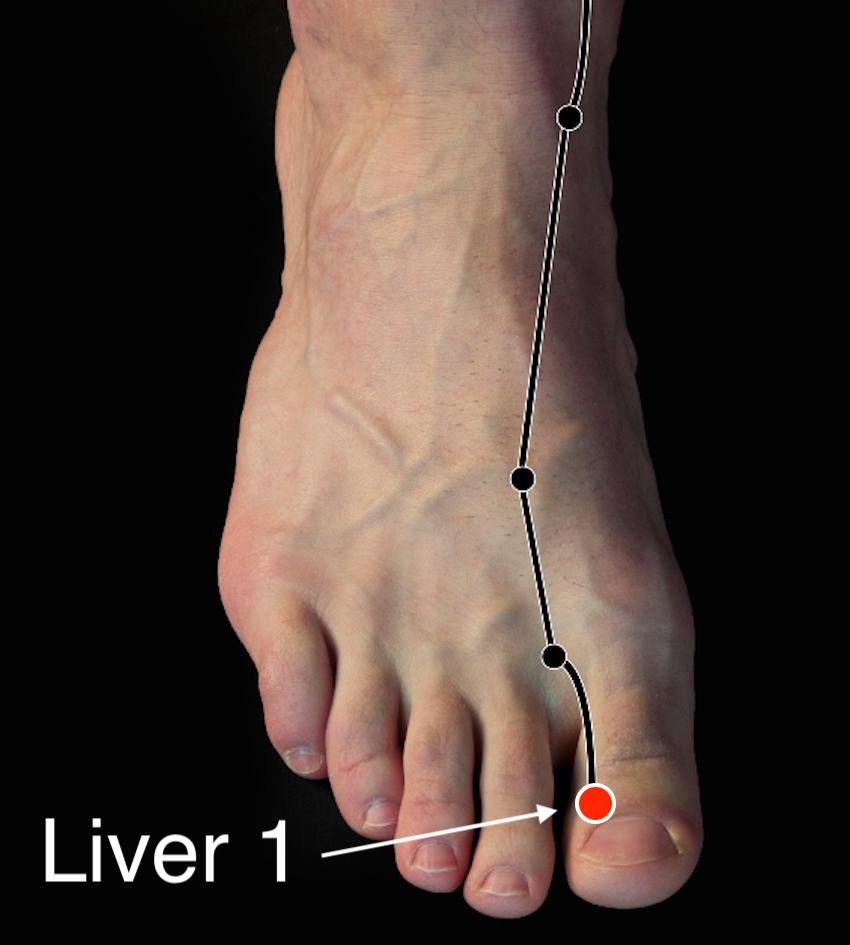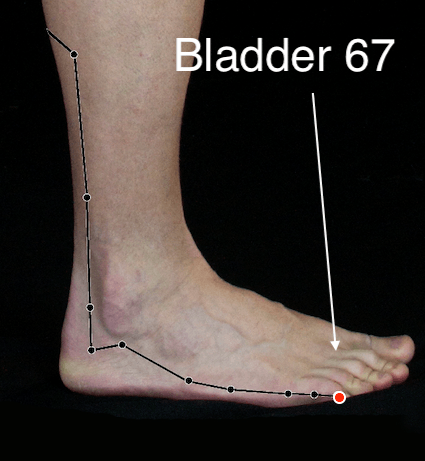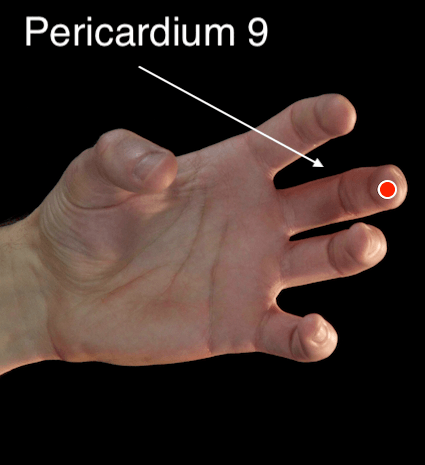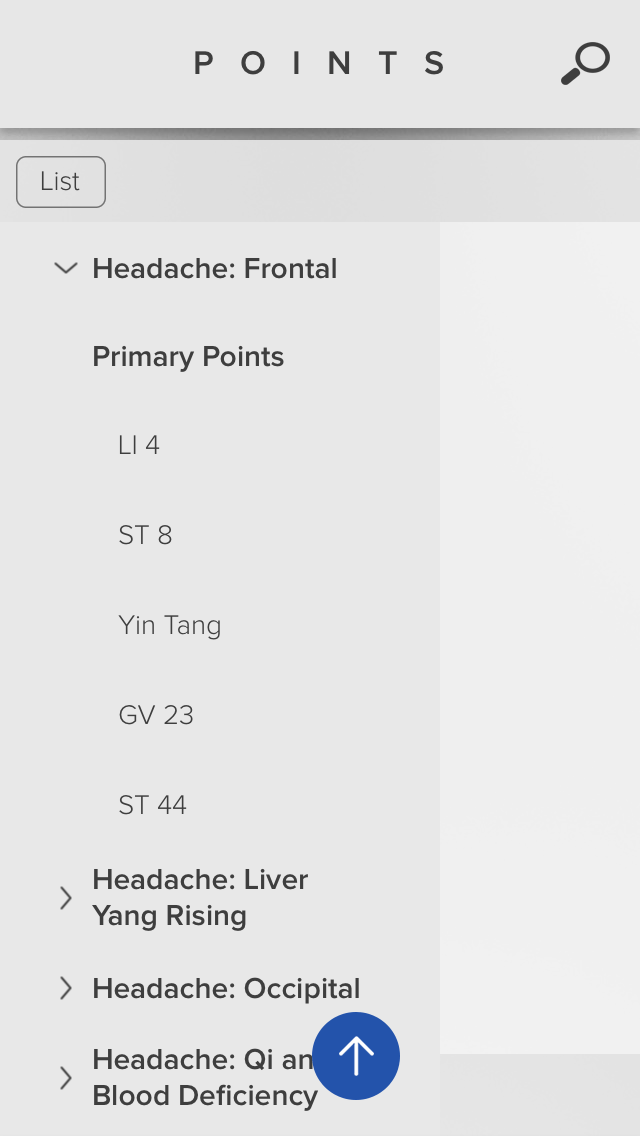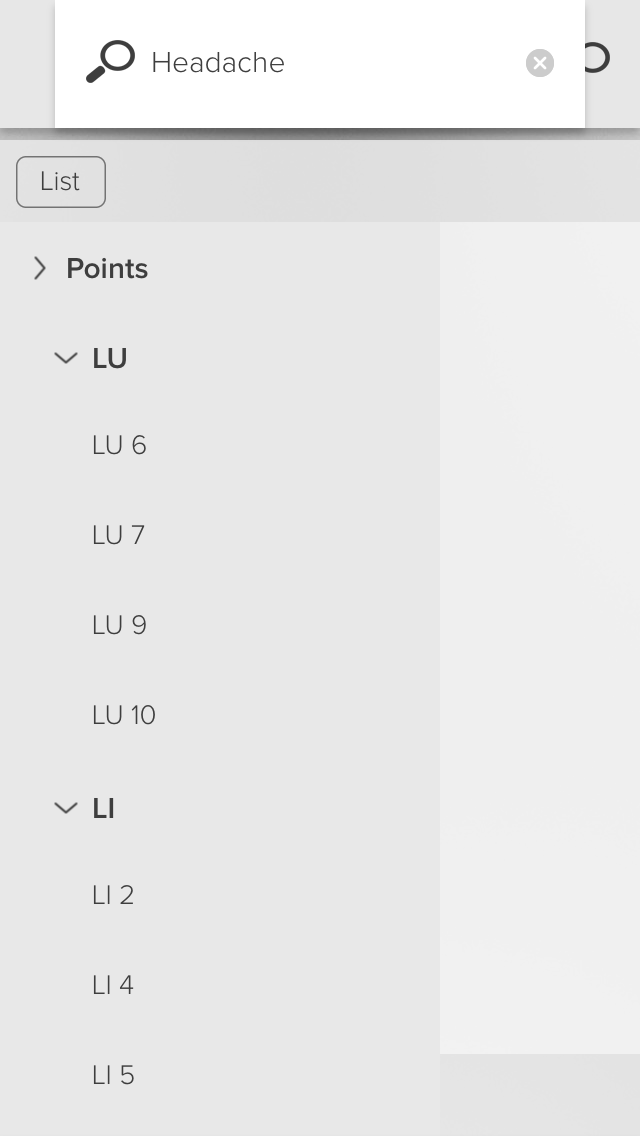
7 Techniques for Seasonal Allergy Relief
This post is aimed at anyone who suffers from seasonal allergies. If you that’s your case, I hope you find the information on this page helpful.

If you are short of time and can’t read the whole article, just watch this short video by Carey Philips, Eden Energy Medicine Certified Practitioner. It is thanks to her tips that I managed to ease the irritating symptoms of hayfever.
How This Video Helped Me
I woke up last week into a beautiful May’s morning, and as soon as I breathed in the flower-scented air, I started sneezing, couldn’t stop blowing my nose (and waking up my husband with the annoying fanfare), and my eyes felt all puffy and itchy. As an energy medicine enthusiast, I started looking for some tips on YouTube, and found Carey’s video.
A Surprisingly Fast Relief
I followed all the exercises demonstrated by Carey, but one technique in particular seemed to work incredibly fast: When I started pressing and massaging an acupuncture point on my instep, (called Liver 3 – see the picture in Technique 3) after about a minute of doing so, the tingling in my nose, as well as the sneezing, suddenly stopped. My eyes stopped itching as well.
I felt very different from just a few moments back – what a relief. I immediately shared this technique with my husband, who was suffering from the same issue, and, to our joy, his symptoms eased as well. We entered our garden, and instead of having to run back in the house and hide from all the pollen flying in the air, we enjoyed breakfast outside without any symptoms.
A Closer Look at the Techniques
Let’s have a closer look at the techniques in Carey Philips’ video. These exercises – if practiced frequently – can boost the immune system, stimulate a healthier flow of energy in your body, and address allergy symptoms such as headaches, itchy and watery eyes, sneezing, runny or congested nose, or sore throat.
Technique 1: Four Thumps
(0:30 – 1:10 in the video)
This is adapted from Donna Eden’s Daily Energy Routine, a simple but powerful set of exercises that help boost your immunity and establish healthy habits in your body’s energy systems.
I highly recommend learning the whole Daily Energy Routine and doing it every day. I credit this for not having had a cold for more than two years – since I have started practicing it daily. I’ll share Donna Eden’s video of the whole sequence at the end of this post.
Technique 2: Figures of Eight Around the Eyes
(1:10 – 1:31 in Carey Philip’s video)
Draw, tap or pinch figures of eight around your eyes. This will help relieve congested energy.
Technique 3: Liver 3 Acupuncture point
(1:32 – 2:13)
This is the technique that worked for me most in terms of easing the hay fever symptoms.
Find the Liver 3 acupuncture point on the instep of your foot, press and massage it. Carey Philips Explains very well how to find it, so I recommend skipping the segment in the video (1:40). Massaging this point helps relieve itchiness of the eyes and other allergic symptoms such as sneezing, which I’m happy to confirm through my own experience.
What I find interesting is that if you press this point and find it point tender, it confirms that the energy is stuck there, thus in need of a good massage in order to free the energy – and easing your symptoms as a consequence.
Here is an illustration of the Liver 3 point, as seen in the app called Points:

Note: This image is licensed to Miridia Acupuncture Technology, the developer of the Points app. You can read my review of the app here.
Technique 4: The Crown Pull
(2:13 – 2:52)
This technique helps relive congested energy in the head, which often manifests through headaches, sinus pressure or difficulty to concentrate.
Technique 5: Large Intestine 4 Acupuncture point
(2:53 – 3:25)
As with the Liver 3 point on the foot, (technique no 3), frequently massaging this point down the webbing between your thumb and index finger helps relieve sneezing and runny nose.
And again, if you press this point and find it tender, it’s a sign that you need to work on it.

This image is the property of Miridia Acupuncture Technology.
Technique 6: Triple Warmer Smoothie
(3:28 – 4:10)
When we have allergies, the meridian Triple Warmer is over-active, so it’s helpful to calm its energies by tracing its flow backwards. Follow the video to learn this technique, which helps with easing allergic symptoms, as well as making you feel calmer in general. I’m happy to share that this technique has helped me many times during stressful situations, helping me not to over-react or simply ‘lose it’!
Technique 7: Massage Spleen meridian end points
(4:12 – 4:28)
Massaging these acupressure points helps strengthen immunity and rebalance your energies.

This image is the property of Miridia Acupuncture Technology.
The Daily Energy Routine
Here is Donna Eden’s Daily Energy Routine, which you can easily incorporate in your day – it can be done in bed, in the shower, while waiting for the kettle to boil, on the walk…and it will always reward you with notable benefits, such as more energy, improved focus, better mood, and increasingly stronger immune system.
Acknowledgments
I would like to thank Carey Philips for her helpful video. You can visit her website here: https://wellintolife.com/
Also, my big thanks go to Miridia Acupuncture Technology for developing the brilliant Points app.
Shares and Comments
I hope that you have enjoyed this post. Please feel free to share it with anyone you know that may find it helpful. And, if you’d like to share your experience or ask a question, just leave a comment further down this article. Be well and hayfever-free!

BY LUCIE DUN
This site has been built with DIVI, by Elegant Themes.


